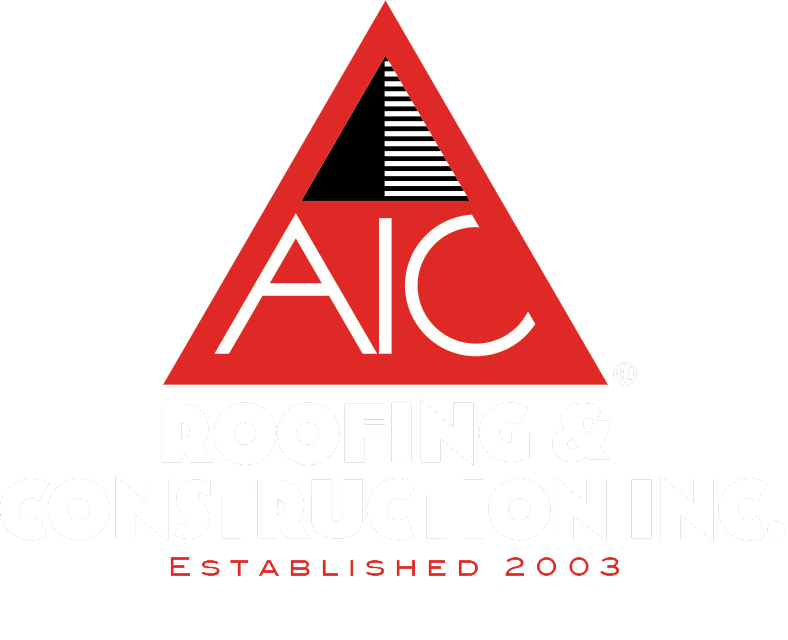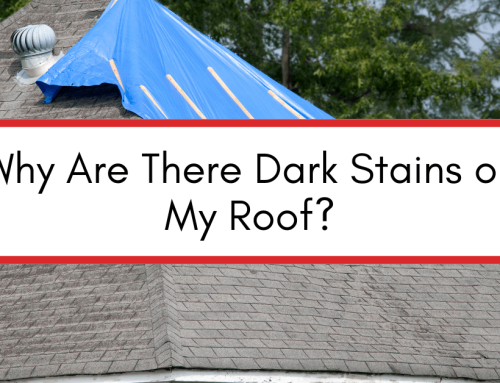Metal valley flashing is an essential component of roofing systems that plays a crucial role in protecting homes from water infiltration and preventing costly damage. This article discusses the basics of metal valley flashing, its importance in roofing, the installation process, common problems, and how to choose the right type for your home.
Understanding the Basics of Metal Valley Flashing
Definition and Function
Metal valley flashing is a thin, durable sheet made of metal, typically aluminum, copper, or galvanized steel. It is installed in the valleys of a roof where two sloping surfaces meet, creating a channel for water drainage. The primary function of metal valley flashing is to direct rainwater away from vulnerable areas and prevent leaks.
When rainwater flows down the roof, it naturally accumulates in the valleys. This pooling water can seep into the roof structure without proper protection, leading to water damage, mold growth, and costly repairs. Metal valley flashing acts as a barrier, guiding the water down the roof and safely away from the underlying materials.
Not only does metal valley flashing prevent leaks, but it also helps maintain the roof’s structural integrity. Diverting water away from the valleys reduces the risk of rotting, rusting, and deterioration of the roofing materials. This, in turn, extends the roof’s lifespan and enhances its overall performance.
Materials
Regarding materials, aluminum is popular due to its lightweight nature, corrosion resistance, and affordability. Aluminum valley flashing is easy to work with, making it a preferred option for professional roofers and DIY enthusiasts. Its lightweight properties also reduce the strain on the roof structure. Copper is another widely used option known for its durability, aesthetic appeal, and ability to form a natural patina over time. Copper valley flashing adds a touch of elegance to the roof, enhancing its visual appeal. Additionally, copper is highly corrosion-resistant, making it a long-lasting choice that can withstand harsh weather conditions.
Galvanized steel, though not as common as aluminum or copper, offers excellent strength and cost-effectiveness. It is a durable material that can withstand heavy loads and extreme weather conditions. Galvanized steel valley flashing is often chosen for its affordability and reliability, making it a practical choice for budget-conscious homeowners.
When selecting the material for metal valley flashing, it is essential to consider the specific requirements of the roof and the climate in which it is located. Each material has advantages and considerations; consulting with a roofing professional can help determine the best option for a particular project.
The Importance of Metal Valley Flashing in Roofing
When it comes to roofing, one crucial component that often goes unnoticed is metal valley flashing. This unassuming piece of metal plays a vital role in ensuring the longevity and durability of a roof. Let’s delve deeper into the significance of metal valley flashing and explore its various functions.
Role in Waterproofing and Weatherproofing
Metal valley flashing is a barrier against water penetration by guiding rainwater down the slope and away from vulnerable areas, such as roof valleys. Where two roof planes intersect, these valleys are particularly prone to water accumulation. Without proper protection, water can seep into the underlying layers of the roof, causing structural damage and promoting the growth of mold and mildew.
Imagine a heavy downpour hitting your roof. Without metal valley flashing, the rainwater would collect in the valleys, creating a pool that can slowly seep through the roof’s surface. Over time, this water intrusion can weaken the roof structure, leading to costly repairs and potentially compromising the safety of your home.
However, with metal valley flashing, the rainwater is directed away from these vulnerable areas, preventing pooling and ensuring water flows harmlessly off the roof. This simple yet effective mechanism significantly reduces the risk of water damage and enhances the roof’s overall waterproofing and weatherproofing capabilities.
Contribution to Roof Longevity
One of the primary benefits of metal valley flashing is its contribution to the longevity of a roof. Metal valley flashing helps extend the roof’s lifespan by channeling water away from the roof valleys. It acts as a shield, reducing the risk of leaks, rot, and deterioration that can compromise the integrity of the entire roofing system.
Picture a roof without metal valley flashing during the winter season. Snow accumulating on the roof can melt, forming ice dams in the valleys. These ice dams can trap water, causing it to seep into the roof and potentially damage the underlying structure. However, with metal valley flashing, the snowmelt is directed away from the valleys, preventing the formation of ice dams and reducing the risk of water infiltration.
In addition to protecting against water damage, metal valley flashing adds an extra defense against other harsh weather conditions, such as heavy rain and snowfall. It acts as a shield, preventing water from reaching vulnerable areas and safeguarding the roof from potential damage.
Installation
Tools Required for Installation
Before beginning the installation process, it is important to gather the necessary tools. These typically include safety equipment like gloves and goggles, measuring tape, tin snips or aviation shears, roofing nails, a hammer, and a ladder or scaffold to access the roof safely.
Step-by-Step Guide to Installation
Installing metal valley flashing requires attention to detail and precision. The process involves measuring and cutting the flashing to fit the roof valley, securing it with nails, and applying appropriate sealants to prevent water seepage. It is crucial to follow manufacturer guidelines and seek professional assistance if needed.
Common Problems and Solutions
Identifying Issues with Metal Valley Flashing
Over time, metal valley flashing may experience common issues such as corrosion, loosening, or improper installation. Signs of trouble include leaks, water stains on ceilings, and visible damage to the flashing. Regular inspections and maintenance can help identify problems early before they escalate.
Effective Maintenance Tips for Metal Valley Flashing
To keep metal valley flashing in good condition, periodic inspections should be conducted to check for any signs of damage or wear. Cleaning debris and leaves from the valleys, ensuring proper drainage, and repairing any damaged sections promptly can help prevent water infiltration and extend the lifespan of the flashing.
Choosing the Right Flashing for Your Home
Factors to Consider When Selecting Metal Valley Flashing
When selecting metal valley flashing for your home, consider factors such as the climate in your area, the aesthetic appeal you desire, and your budget. Additionally, choosing flashing that is compatible with the roofing material used on your home is crucial to ensure proper installation and longevity.
Pros and Cons of Different Types of Metal Valley Flashing
Each type of metal valley flashing has its advantages and disadvantages. Aluminum flashing, for example, is lightweight and affordable but may not be as durable as copper. Copper flashing offers superior durability and an attractive patina, but it can be more expensive. Weighing these pros and cons can help you make an informed decision.
In Closing
Metal valley flashing is a vital component of roofing systems, providing essential waterproofing, weatherproofing, and longevity benefits. Understanding the basics, following proper installation processes, and addressing common problems promptly will help protect your home from water damage and prolong the life of your roof. By carefully considering factors and weighing the pros and cons, you can choose the type of metal valley flashing that best suits your home’s needs.
Whether you’re looking for a high-quality roof installation, repair, or new gutters and siding, AIC is here to help. We believe in and practice the best customer service possible, including showing up on time, following through on what we say we’ll do, and treating people with common decency and respect.
Our in-home consultations are free, informative, and low-pressure. Please get in touch with us by texting, calling, or filling out our contact form.
3-tab attics barns chimney choosing a contractor commercial cost curb appeal DIY estimate financing flashing flat roof GAF glossary gutter replacement gutters gutter size gutter system ice dams inspections insurance missing shingles roof design roofing materials roofing system roof leak roof maintenance roof materials roof repair roof replacement roof shapes roof types shingle ratings shingles siding siding materials siding replacement skylights storm damage underlayment ventilation warranty winter







